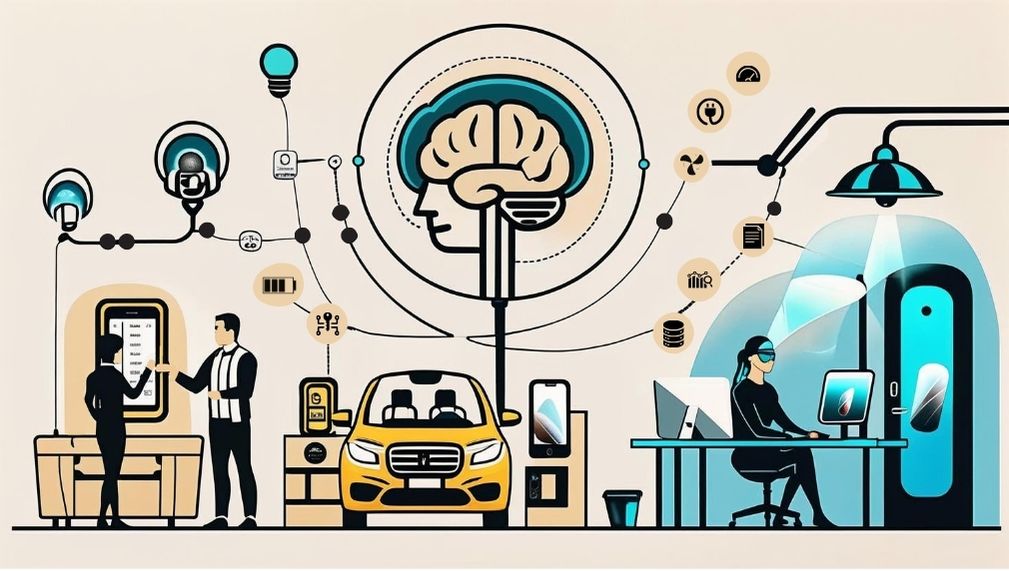AI Will Both Democratise and Commoditise Building Intelligence. And in doing so, redefine how we design, operate, and experience the built environment and spur widespread adoption of smart buildings.

Throughout history, a clear pattern emerges: as they mature, the most transformative technologies tend to vanish into the background. The transistor revolutionised computing, yet it disappeared into the chips that power every device we use. The Internet redefined communication, but now silently underpins almost every interaction we have. Electricity, once a marvel, is now so seamlessly woven into our lives that we only notice it in its absence. Even GPS, once a classified military technology, now quietly guides billions of people to their destinations.
As these technologies become invisible, they democratise capabilities, making advanced functionality accessible to all. At the same time, their use becomes commoditised, by making it standardised, modular, and intuitive requiring no specialised expertise.
Artificial Intelligence is now entering this phase of ambient ubiquity – and it’s doing so at an astonishing speed. What was once the exclusive domain of researchers and custom-engineered solutions is rapidly evolving into a foundational utility: embedded, scalable, and universally accessible.
What are the implications for technology providers?
In the realm of smart buildings, AI is poised to both democratise and commoditise building intelligence- making it accessible to all while transforming complex, specialist systems and applications into modular, interoperable services that can be orchestrated in real time. What once required expert integrators and specialist technicians will soon operate as intelligent, self-optimising infrastructure. This marks a fundamental paradigm shift, one that will spur widespread adoption, beyond flagship projects, into every building.
Smart building platforms built on traditional tech stacks are designed for an era of manual control. As AI moves from augmentation to autonomy, the expectations will change: systems must adapt in real time, learn continuously, and provide a seamless, generative user experience – one that anticipates rather than reacts to needs. The industry will no longer look for tools – it will seek intelligence. The platforms that will thrive will be dynamic, composable ecosystems capable of evolving.
Reference:
1. Weiser, M. (1991). The Computer for the 21st Century. Scientific American.
#SmartBuildings #BuildingIntelligence #DigitalTwins #PropTech #IntelligentInfrastructure #SmartFM #BuiltEnvironment #AutonomousBuildings #FacilityManagement
